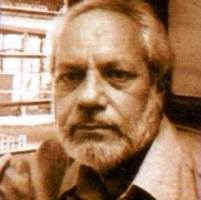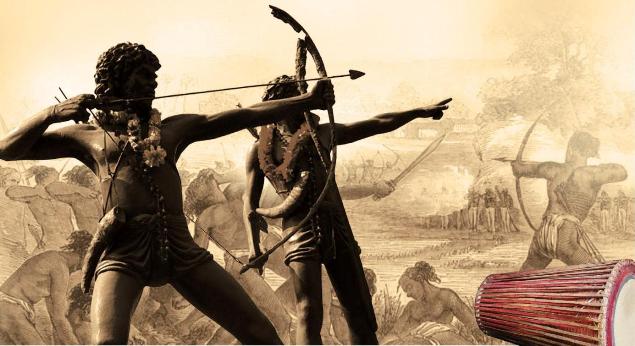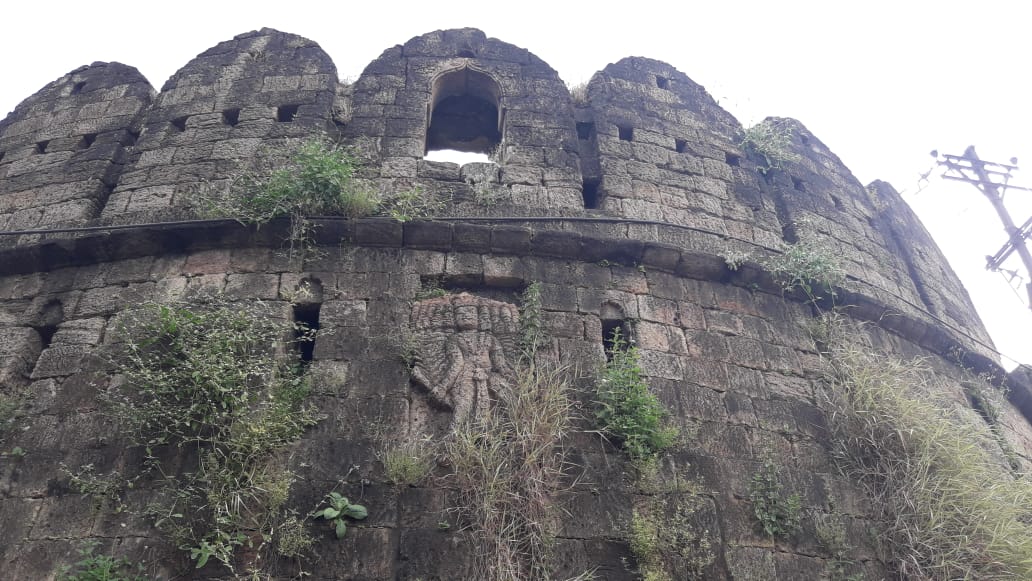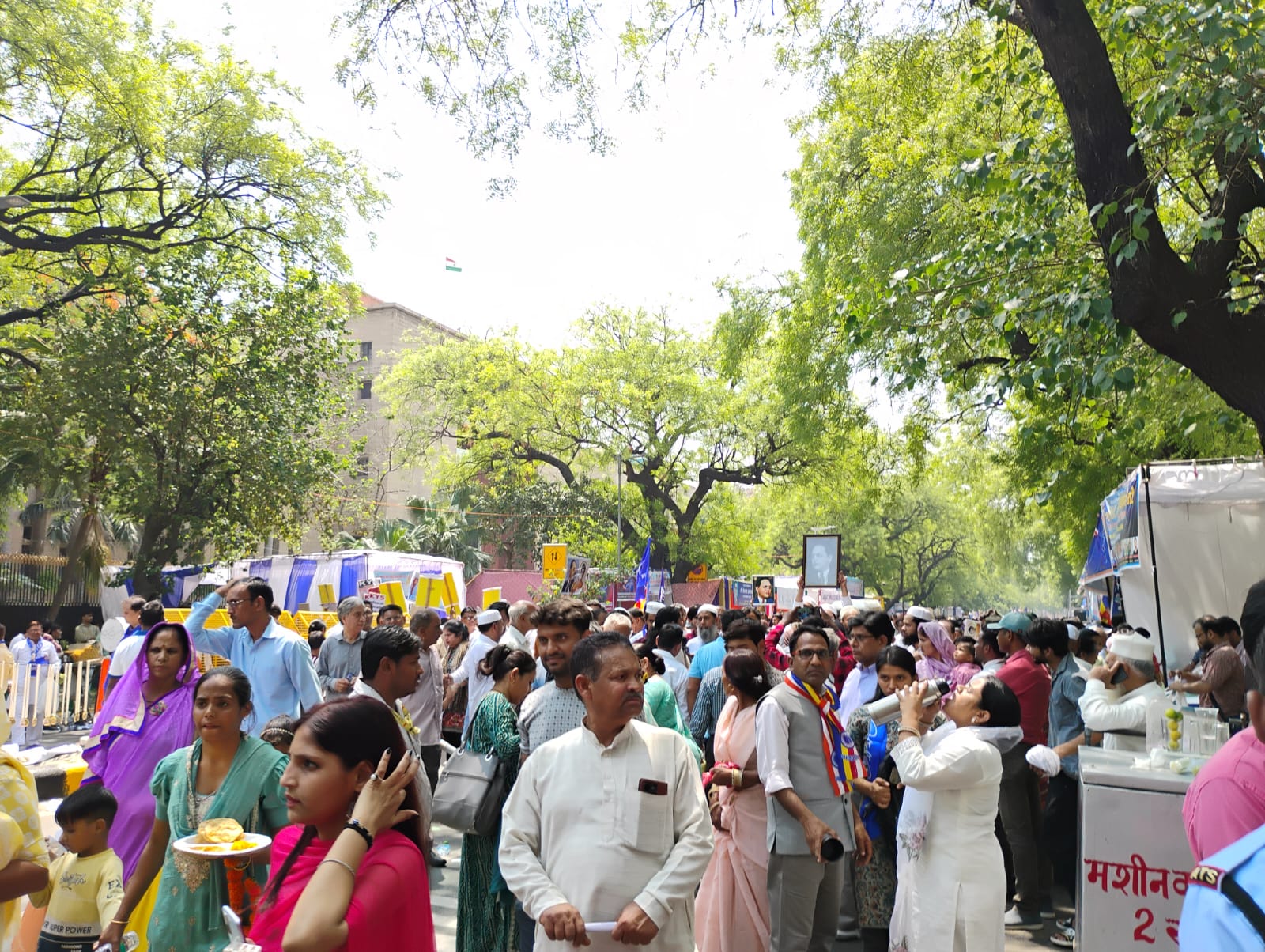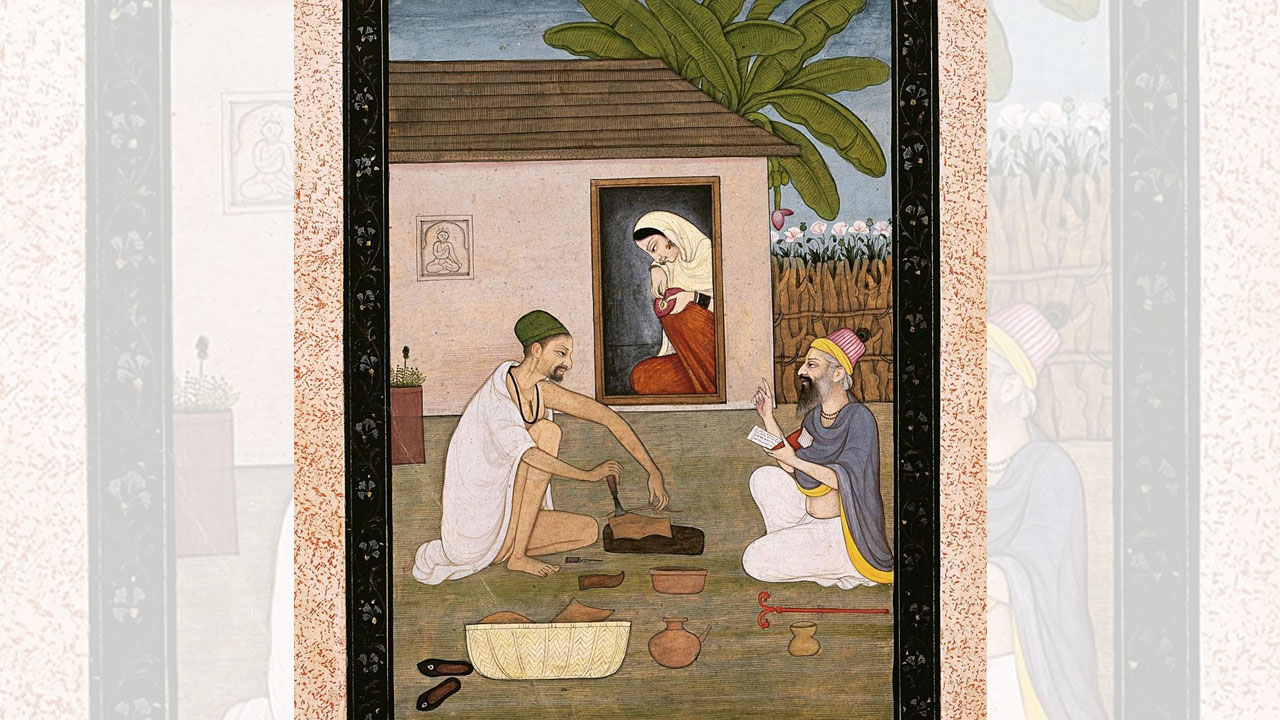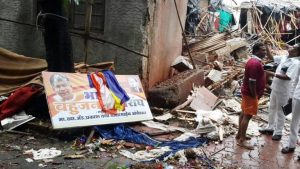 Immediately after coming to power, Prime Minister Narendra Modi had ordered large-scale celebrations of the 125th anniversary of Dr Ambedkar. But the deeds of his government haven’t even come close to matching his words. Nothing is being done on the ground to commemorate Ambedkar.
Immediately after coming to power, Prime Minister Narendra Modi had ordered large-scale celebrations of the 125th anniversary of Dr Ambedkar. But the deeds of his government haven’t even come close to matching his words. Nothing is being done on the ground to commemorate Ambedkar.
Regrettably, Dr Ambedkar Bhavan and the building next door that housed a printing press, in Dadar, Mumbai, were razed to ground on 25 June 2016. This shameful, anti-Ambedkar act has evoked nationwide protests. Like a typical coward, the Maharashtra government conducted the operation in the dark of the night. Were these buildings demolished out of fear of brahmanical elements? That cannot be ruled out as this place was witness to many a movement of Ambedkar. Another related question is whether buildings associated with any non-Dalit leader have ever been demolished in this way. The building was a treasure trove of documents and manuscripts of Dr Ambedkar, which now lie buried in the debris. The BJP governments are celebrating the 125th anniversary of Ambedkar and making all sorts of announcements. But are they doing any constructive work? On the contrary, the reservations granted to SC, ST and OBC in government jobs are being curtailed bit by bit.
It is understood that the Maharashtra and central governments have decided to publish Dr Ambedkar’s literature from a “wider perspective”. This move is fraught with dangers because there is every possibility that the government may present a distorted version of the writings and speeches of Ambedkar. The Sangh Parivar had done this earlier, too. A book Rashtra Purush: Dr Bhimrao Ambedkar, written by Dr Krishna Gopal and published by Sangh’s Suruchi Prakashan, Jhandewalan, Delhi, contains many fabrications and describes incidents that never happened.
This book, among other things, describes Dr Ambedkar as a Sanatani leader, a patron of the Gita, “Yagyopaveet Karta” (a sacred-thread wearer) and a person who persuaded the Mahars to wear the “janeyu”. All this relates to his initial public life. The book is silent on Ambedkar’s activities between 1929 and 1949 – the most happening period of his life. The author moves heaven and earth to prove that Dr Ambedkar was anti-Muslim. This is not only baseless but also mischievous. Dr Ambedkar had announced in 1935 itself that though he was born a Hindu, he would not die one. Against this backdrop, describing Ambedkar as a Sanatani Hindu and Ramayani is an abominable act of the RSS. The book also says (page 54) that the successive governments paid no heed to persistent demands to put up a portrait of Ambedkar in the central hall of Parliament and that ultimately prime minister Chandra Shekhar agreed to do it at the behest of Lal 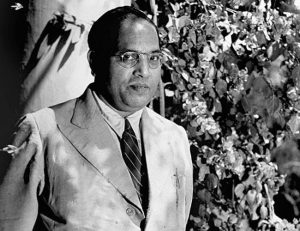 Krishna Advani. This is a white lie. It was the V.P. Singh government that decided to put up Ambedkar’s portrait in the central hall on 12 April 1990. Singh did it following a campaign of Ambedkar Vichar Manch and other associate organizations. The portrait was presented by Ambedkar Vichar Manch and associate organizations. Chandra Shekhar became the prime minister after the fall of the V.P. Singh government and at the time, Advani was in the opposition. This is not all. A sentence he uttered gave away his filthy mind: “A child born into an untouchable family became the law-giver of the entire Indian society. The dust of the earth reached the skies and the forehead.” He could not have humiliated Dr Ambedkar more. This sentence reeks of Manuwad. And there is much more in the book. (read Government talks Ambedkar, means Modi)
Krishna Advani. This is a white lie. It was the V.P. Singh government that decided to put up Ambedkar’s portrait in the central hall on 12 April 1990. Singh did it following a campaign of Ambedkar Vichar Manch and other associate organizations. The portrait was presented by Ambedkar Vichar Manch and associate organizations. Chandra Shekhar became the prime minister after the fall of the V.P. Singh government and at the time, Advani was in the opposition. This is not all. A sentence he uttered gave away his filthy mind: “A child born into an untouchable family became the law-giver of the entire Indian society. The dust of the earth reached the skies and the forehead.” He could not have humiliated Dr Ambedkar more. This sentence reeks of Manuwad. And there is much more in the book. (read Government talks Ambedkar, means Modi)
It is unfortunate that the Dalit community cannot see through this trickery of the political parties and gets caught up in the trap laid by them. And power-hungry Dalit politicians are jumping on the bandwagon of anti-Dalit political parties.
